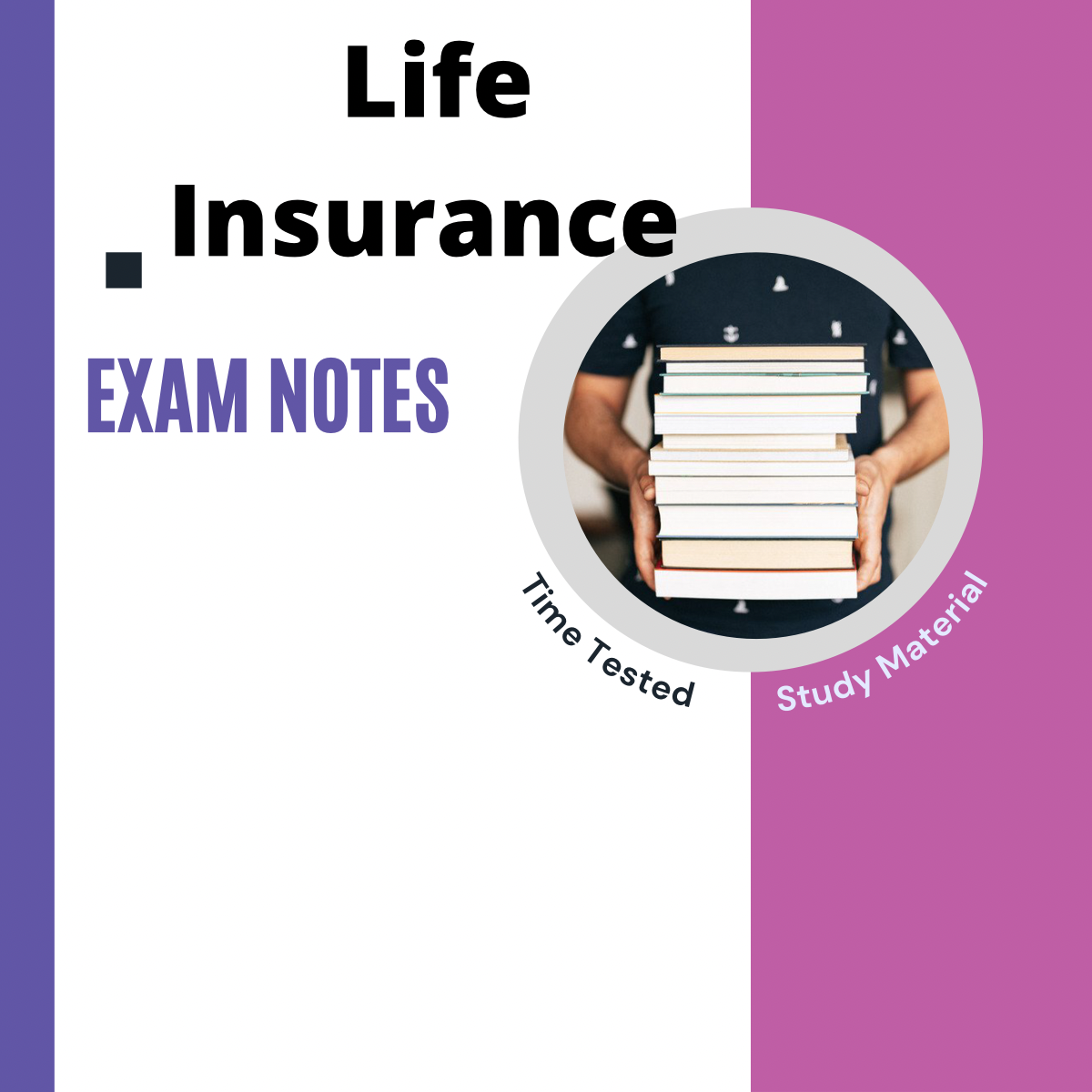A Biased View of Pacific Prime
Table of ContentsExcitement About Pacific PrimeSome Of Pacific PrimeThe Only Guide for Pacific PrimeOur Pacific Prime DiariesThe Ultimate Guide To Pacific Prime

This is due to the fact that the data were accumulated for a period of strong financial performance. Of the approximated 42 million people that were uninsured, just about concerning 420,000 (about 1 percent) were under 65 years old, the age at which most Americans become eligible for Medicare; 32 million were adults in between ages 18 and 65, around 19 percent of all adults in this age; and 10 million were children under 18 years of age, concerning 13.9 percent of all children (Mills, 2000).
These estimates of the variety of individuals without insurance are produced from the annual March Supplement to the Present Populace Study (CPS), conducted by the Census Bureau. Unless otherwise kept in mind, nationwide price quotes of individuals without health insurance coverage and percentages of the populace with various sort of coverage are based on the CPS, the most widely used source of quotes of insurance coverage and uninsurance rates.
Pacific Prime Fundamentals Explained

Still, the CPS is specifically valuable due to the fact that it generates annual estimates reasonably quickly, reporting the previous year's insurance policy protection estimates each September, and because it is the basis for a consistent set of price quotes for even more than two decades, enabling evaluation of patterns in protection over time. For these factors, in addition to the comprehensive use the CPS in various other research studies of insurance protection that are offered in this report, we rely upon CPS price quotes, with restrictions noted.

The estimate of the variety of uninsured individuals expands when a populace's insurance coverage standing is tracked for a number of years. Over a three-year period starting early in 1993, 72 million individuals, 29 percent of the united state population, lacked protection for at the very least one month. Within a solitary year (1994 ), 53 million people experienced a minimum of a month without insurance coverage (Bennefield, 1998a)
6 out of every ten without insurance grownups are themselves employed. Although working does boost the likelihood that one and one's member of the family will have insurance policy, it is not an assurance. Even participants of families with two permanent wage earners have virtually a one-in-ten possibility of being without insurance (9.1 percent uninsured price) (Hoffman and Pohl, 2000).
The Only Guide to Pacific Prime
New immigrants represent a substantial proportion of people without wellness insurance. One analysis has actually connected a significant part of the current growth in the dimension of the united state without insurance population to immigrants who showed up in the nation in between 1994 and 1998 (Camarota and Edwards, 2000). Current immigrants (those that concerned the USA within the past four years) do have a high rate of being uninsured (46 percent), but they and their kids represent just 6 percent of those without insurance policy country wide (Holahan et al., 2001).
The relationship in between health and wellness insurance coverage and accessibility to care is well established, as recorded later in this chapter. Although the relationship between health insurance and health results is neither straight neither basic, a considerable medical and health and wellness services research literary works web links wellness insurance policy coverage to improved accessibility to care, far better high quality, and enhanced personal and populace health standing.
Degrees of analysis for examining the impacts of uninsurance. It focuses specifically on those without any type of wellness insurance coverage for any kind of length of time.
A Biased View of Pacific Prime
The troubles dealt with by the underinsured are in some respects comparable to those dealt with by the uninsured, although they are generally much less serious. Health insurance, nonetheless, is neither needed nor sufficient to gain access to clinical solutions. The independent and direct impact of health and wellness insurance coverage on accessibility to health and wellness services is well established.
Others will certainly obtain the healthcare they require even without health and wellness insurance coverage, by paying for it out of pocket or seeking it from companies that provide treatment totally free or at very subsidized rates. For still others, medical insurance alone does not make sure invoice of care as a result of other nonfinancial obstacles, such as an absence of healthcare service providers in their community, restricted access to transportation, illiteracy, or linguistic and cultural distinctions.
Things about Pacific Prime
Official study concerning without insurance populations in the United States dates to the late 1920s and early 1930s when the Committee on the Cost of Healthcare created a series of reports regarding financing doctor office sees and hospital stays. This concern came to be significant site as the varieties of clinically indigent climbed during the Great Anxiety.